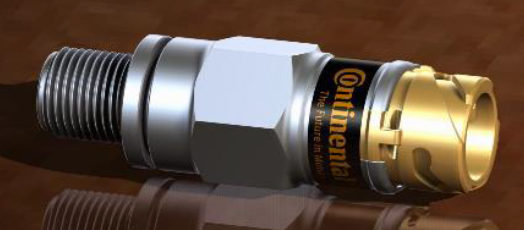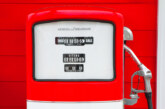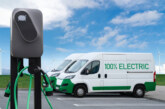
From mid-2019, trucks will be fitted with new- generation intelligent digital tachographs. Michael Gut, Program Manager for Tachograph Services at Continental, explains what will change and what operators and tachograph service centres need to know.
What’s changing
Tachograph Regulation (EU) 165/2014 comes into force in mid-2019, when all trucks over 3.5 tonnes GVW
registered for the first time must be fitted with intelligent digital tachographs.
This new generation of tachographs incorporate location and wireless communication capabilities to make it much easier for police and enforcement authorities to remotely capture in live data on driver and vehicle compliance. This new functionality offers potential for fleet management services.
On the other side of the coin, workshops offering tachograph fitting, repair, inspection and calibration will also need to upgrade existing equipment to be able to service this new generation. There will be only a few changes for companies and drivers to become familiar with.
How intelligent tachographs work
New vehicles will have a standardised DSRC (Dedicated Short Range Communication) antenna interface to transmit data from the tachograph. Using the interface, the tachograph can send data to roadside officers equipped with readers, called beacons. The beacons send data requests to the vehicle – there’s no need to enter the vehicle or stop it – the data can be transmitted even when the vehicle is moving at 80 km/h.
This change will allow quick detection of possible irregularities or cases of tampering, and means that only non- compliant vehicles are stopped, reducing the number of checks on compliant vehicles and drivers.
Continental’s DTCO 4.0 tachograph transmits the data via Bluetooth to a small antenna installed on the windshield. Instead of installing the complete intelligence for DSRC functionality in the antenna, Continental engineers have integrated the intelligence in the tachograph itself so no modifications are needed to the vehicle electrics and electronics.

Automatic vehicle location
A new mandatory feature is that the new generation of tachographs must be linked to a global navigation satellite system (GNSS), to provide greater transparency for police and inspection authorities. This enables the vehicle position to be automatically recorded at the start and the end of the shift, after three hours of driving and after each change of activity. Continental’s DTCO 4.0 supports the European Galileo, US GPS and the Glonass satellite systems.
Greater security
The new-generation tachographs also include new encryption technology for communication between the speed sensor and tachograph. Continental has developed the KITAS sensor 4.0 for this.
Tachograph card communication will also be encrypted in a new way: in the future, the cards will support two encryption technologies, so existing driver and company cards can be used with the DTCO 4.0 until they expire.
Tachograph centres must upgrade
Inspection changes
There will be three key changes to inspection procedures.
- A function check that the DSRC remote monitoring interface is working.
- A check that there is communication between the tachograph and the satellite receiver.
- The mechanical seal on the speed sensor must now be replaced automatically, and not just inspected for any damage. For the first time, there will be a uniform regulation on sealing for all European countries. In future, seals must be purchased from a certified supplier and must have unique ID numbers which workshops must put on the installation stickers.
There will also be new workshop cards for intelligent tachographs.
What equipment will be needed?
Tachograph manufacturers are currently working on this to support centres through the processes. Tachograph calibration and repair centres will need a suitable system for testing the DSRC interface – a counterpart of the device that will be used by the authorities. They will also need testing equipment that is configured to work with the new testing and diagnostic technologies.
Workshops who are still using older testing equipment for the first generation of tachographs should invest in new testing systems as soon as possible to get used to handling them. Any necessary adjustments and improvements can be installed later via updates.
The test equipment for the new legislation requires digital computer-guided testing technology. Anyone still working with older test equipment for the first generation of digital tachographs should invest in new devices soon to become familiar with handling digital technology.
Continental will be offering an update for its VDO wireless WorkshopTab test computer. The tablet uses self-explanatory test sequences to guide the user safely, step-by-step, through all functions – old and new – of the test procedure. Workshops can save up to 20% working time per service with this guidance. Thanks to the robust touchscreen, data can be quickly and easily entered, processed and later printed out wirelessly.
The software for the forthcoming test and diagnostic technologies for the DTCO 4.0 will be available from October. Workshops will be able to obtain it by means of an update.
The company has also developed a VDO DSRC meter to prove correct operation of the DSRC interface. The meter is positioned opposite the front of the truck and connected to the Workshop Tablet via Bluetooth. The unit then automatically tests that the antenna in the vehicle is working. The VDO Workshop Tablet evaluates the protocol and, in the event of discrepancies, gives recommended actions, for example to change the antenna in the vehicle.
Continental VDO will be offering training courses to prepare workshop personnel for the requirements of future tachograph inspections. Once again, the rule is: the sooner the better.








